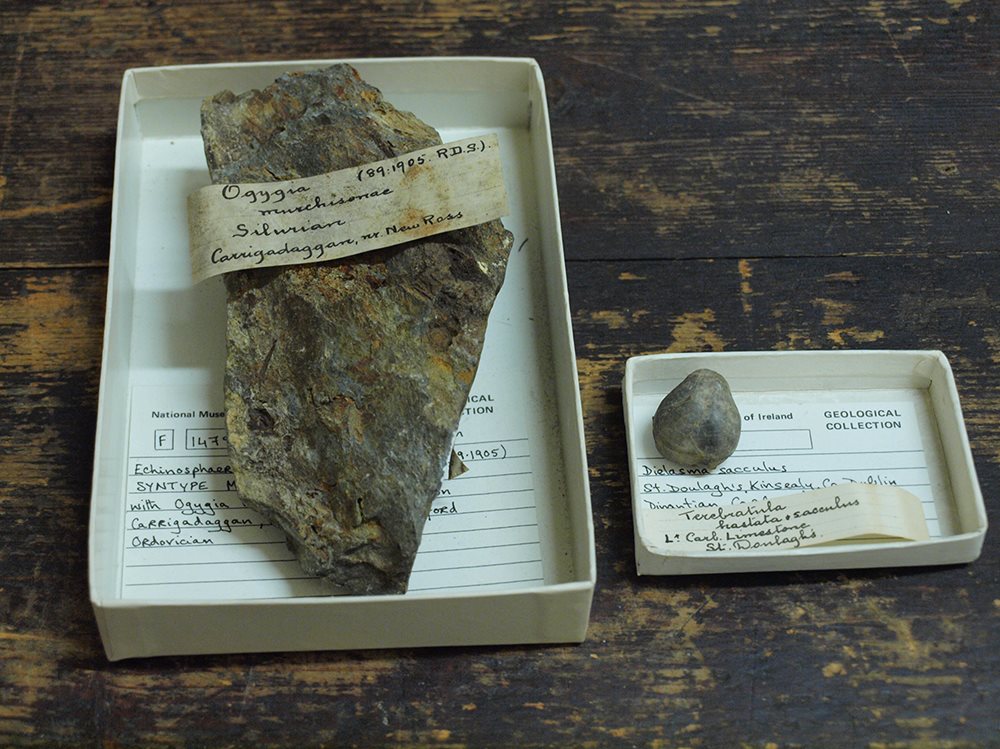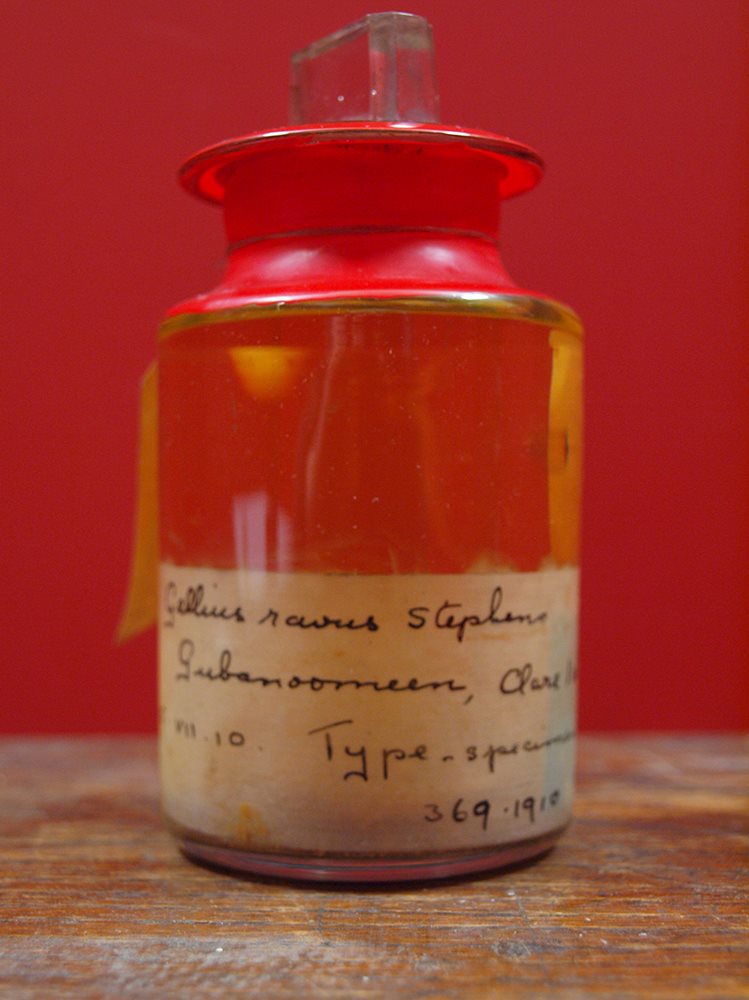1879-1959
Jane Stephens, 1879-1959: Naturalist and Museum Worker
The remarkable career of Jane Stephens, one of Ireland’s pioneer female scientists.
By Rebecca O'Neill
Who was Jane Stephens?
Jane Stephens was an expert in sponges (Porifera) and other marine animals. She worked in the Natural History Museum (predecessor to National Museum of Ireland - Natural History) from 1905 until 1920. A native of Dublin, Stephens attended Alexandra College. Later she joined the first generation of women to be admitted to, and attain a Bachelor of Science from, the Royal University of Ireland.
She named a number of sponges new to science, including 31 species discovered during the Scottish National Antarctic Expedition “Scotia” of 1902-4. Examples of these have been catalogued during the Inventory Project.
Why is Jane Stephens important?
Although Stephens only worked in the Museum for fifteen years, the mark that she left on the collections is indelible. From label writing alone it is possible to see the breath of work she did on all of the collections. This work ranged from Irish fossils to mammal bones, and from labelling to re-housing specimens as collections were reorganised.
She was first a Technical Assistant and later an Assistant Naturalist. Stephens was one of only a few female members of staff from this time that have left a significant scientific legacy behind them in the Museum: another being Matilda Knowles, an expert in lichens. This legacy can be seen in the over 150 specimens Stephens donated to the collections and the hundreds more she identified, labelled and curated.

Fig. 2: Fossils from the Griffith Collection, labelled by Stephens
What does Jane Stephens’s work tell us about the time?
As a woman with a third level education, Stephens was part of a generation that marked the beginning of a new era for women in the sciences. Both Stephens and Knowles took part in the Clare Island Survey organised by the Royal Irish Academy.
This important survey was a large, systematic documentation of the environment and wildlife of Clare Island, an island off the coast of Co. Mayo, Ireland, from 1909-1911.

Fig. 3: A sponge, collected and named by Stephens during the Clare Island Survey
From the RIA’s Praeger photographic archive, it is known that Stephens actually visited the island and took part in the collecting herself, which would not have been normal practice at the time. In what we would now term a snapshot of the island’s biodiversity, Stephens was charged with surveying the Porifera (sponges) and Cnidaria (corals, jellyfish and sea anemones).
Her work was published in the Proceedings of the Royal Irish Academy in 1912. It is through this volume that anyone working with similar marine animals off the coasts of Ireland today uses her comprehensive paper as an essential reference.
Her career and contribution to the study of marine and freshwater animals ceased when, in 1920, she married the then acting director of the Museum, Dr Robert F. Scharff. Owing to the marriage bar, a law only repealed during the 1970s, Stephens was compelled to retire once she married. Scharff retired in 1921 and, together, they left Ireland to live in Worthing, England.
There is no further record of Stephens in scientific literature. She died in London in 1959, to be buried beside her husband in Worthing, where he had died some twenty five years earlier.
Learn More
Many of the specimens collected by Stephens during her time in the Museum are on display in the Irish Room, on the ground floor of the National Museum of Ireland - Natural History. Among these specimens are a number of sponges from around Ireland.
References
-
Burek, C.V. and Higgs B. (ed.) (2007) The Role of Women in the History of Geology. Geological Society, London, Special Publications, 281.
-
Praeger, R.L. (1949) Some Irish Naturalists. W. Tempest, Dundalgan Press, Dundalk.
-
Stephens, J. (1915). XV.—Atlantic Sponges collected by the Scottish National Antarctic Expedition. Transactions of the Royal Society of Edinburgh, 50, pp 423-467.
-
Whyte, N. 1999, Science, Colonialism and Ireland. Cork University Press, Cork.
Suíomh:
Jane Stephens, 1879-1959: Naturalist and Museum Worker suite ag:
In Storage
An déantán roimhe seo:
Irish Republican POW Bone Carvings
An chéad déantán eile:
